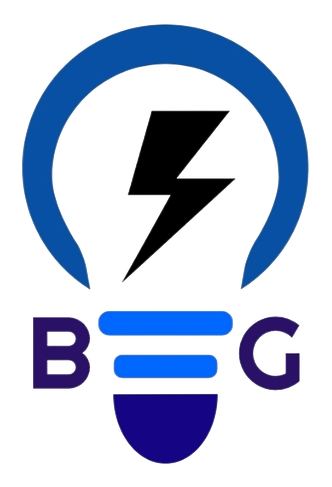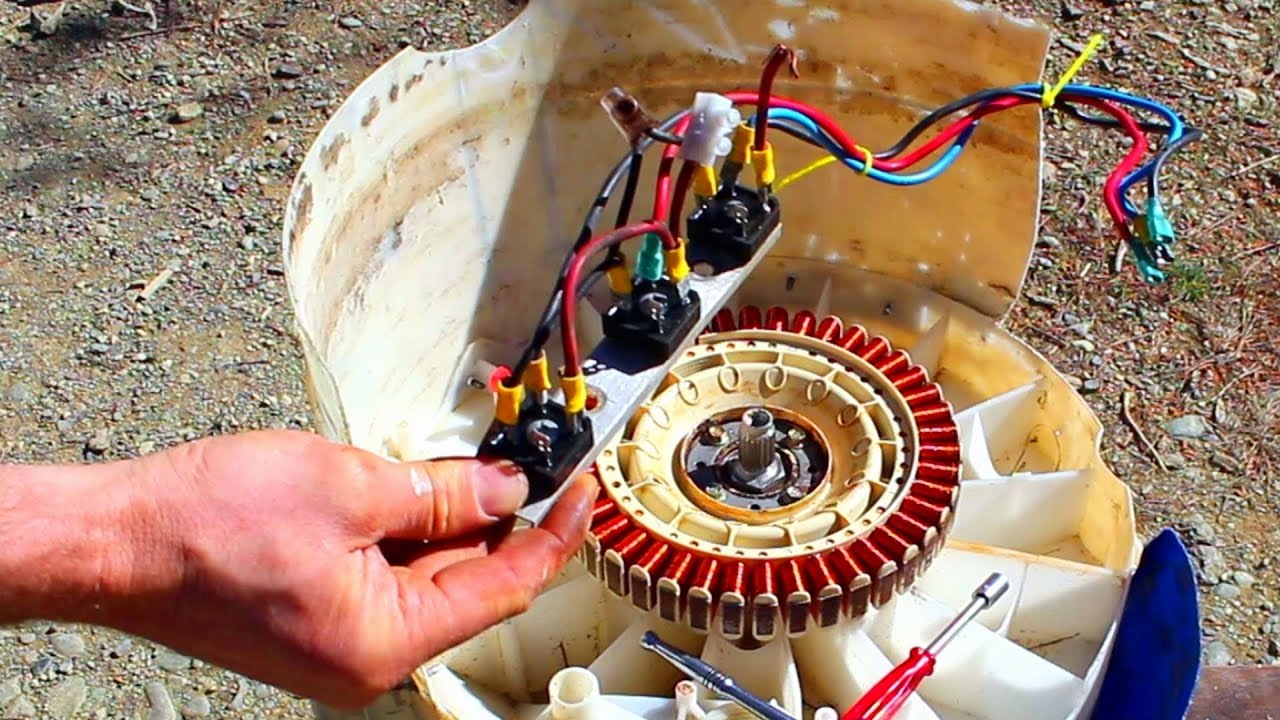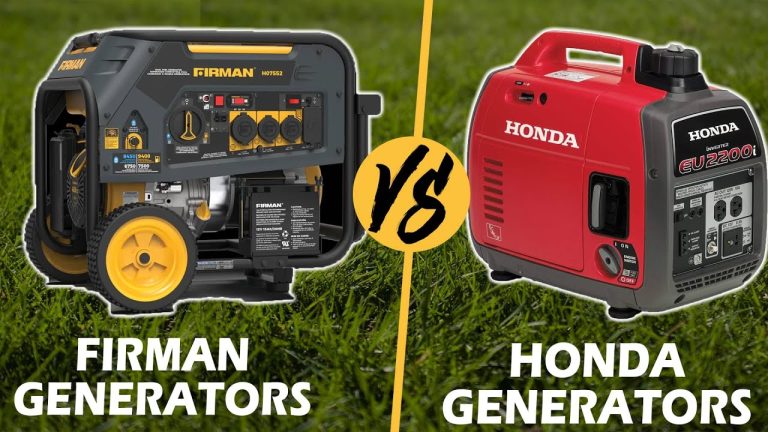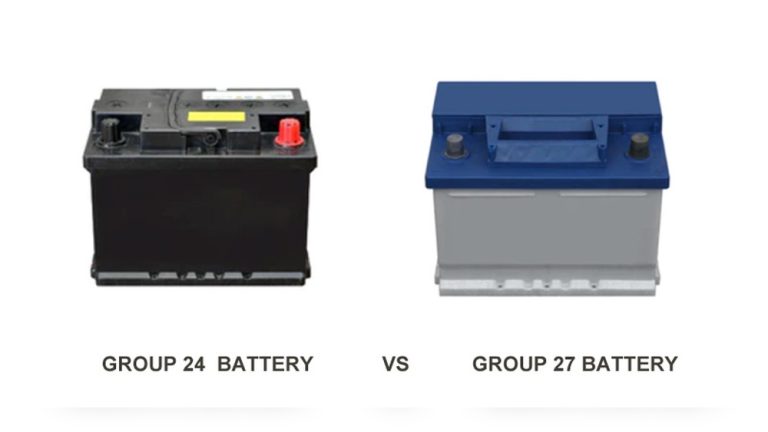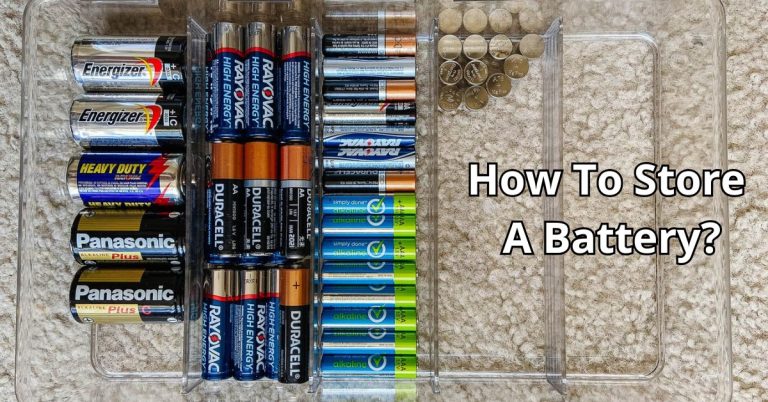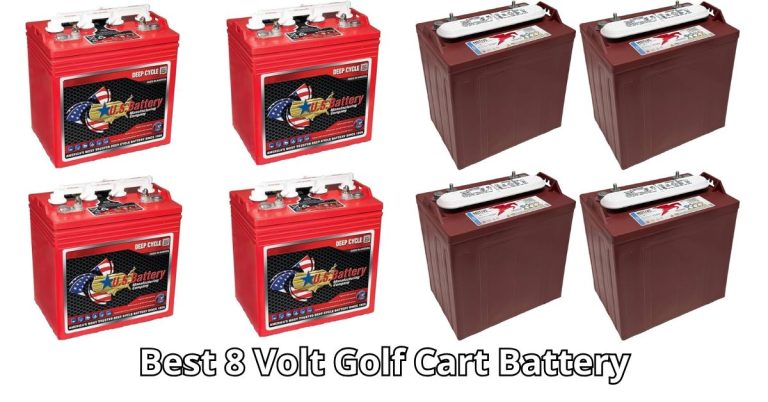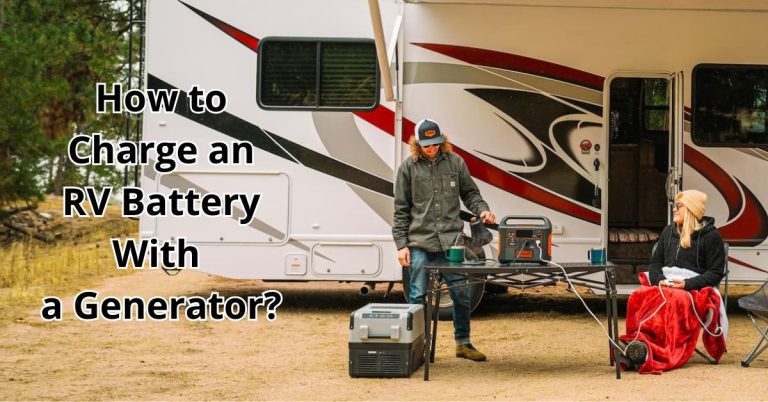Can You Run a Washing Machine on a Generator?: Expert Tips
Yes, you can run a washing machine on a generator. But, it depends on the generator’s capacity and the washing machine’s power requirements.
It’s crucial to ensure both are compatible. Many households face power outages or live in areas without a stable power supply. In such cases, using a generator becomes essential. But, running appliances like a washing machine on a generator requires some understanding.
You need to know the wattage of your washing machine and if the generator can handle it. This blog will explore how to safely operate your washing machine with a generator. We’ll discuss key factors, safety tips, and what to look for in a generator. Let’s dive in and make sure your laundry can run smoothly, even when the power is out.
Choosing The Right Generator
Running a washing machine on a generator can be a smart move during power outages. However, you need the right generator to ensure your appliance works efficiently. The generator must meet specific power requirements and be suitable for your needs. Let’s dive into the details.
Power Requirements
To run a washing machine, you need to know its power requirements. Most washing machines need between 500 to 1,500 watts. Check the manual or the label on your washing machine for exact numbers. Here is a breakdown:
| Washing Machine Type | Power Requirement (Watts) |
|---|---|
| Top Load | 500 – 1,200 |
| Front Load | 1,000 – 1,500 |
Make sure your generator can handle at least the maximum wattage of your washing machine. It is wise to add a buffer of 500 watts to account for any additional power surges.
Generator Types
There are different types of generators available. Choosing the right one depends on your needs and budget. Here are the most common types:
- Portable Generators: Easy to move and less expensive. Suitable for temporary use.
- Inverter Generators: More efficient and quieter. Ideal for sensitive electronics.
- Standby Generators: Permanently installed and automatically start during an outage. Best for long-term use.
A portable generator is often enough to run a washing machine. Inverter generators are good if you need to power other electronics. Standby generators are a big investment but offer the most convenience and reliability.
By understanding power requirements and generator types, you can choose the right generator for your washing machine. Make sure it fits your needs and budget.

Credit: blog.ecoflow.com
Wattage And Capacity
Running a washing machine on a generator requires understanding two key aspects: wattage and capacity. These factors ensure your generator can handle the load. Let’s dive into how to calculate wattage and match it with your generator’s capacity.
Calculating Wattage
First, find your washing machine’s wattage. Check the appliance’s manual or label. The label usually lists the watts or amps. If it lists amps, convert to watts. Multiply amps by the voltage. For example, a 10-amp machine at 120 volts uses 1200 watts.
Remember, washing machines have a starting wattage and a running wattage. The starting wattage is higher. It accounts for the initial power surge. Make sure to note both values. This helps in selecting the right generator.
Matching Generator Capacity
Next, match the generator’s capacity with your washing machine’s needs. Check the generator’s wattage rating. Ensure it can handle the starting and running wattages. If your washing machine starts at 1200 watts but runs at 800 watts, the generator must meet both.
Also, consider other appliances running simultaneously. Calculate their wattages too. Add these to the washing machine’s total. This ensures your generator does not overload. A good rule is to have a buffer. Choose a generator with a higher capacity than the total wattage.
Connecting The Washing Machine
Running a washing machine on a generator is possible. Ensure the generator matches the washing machine’s power requirements. Proper connection and stable power supply are essential for safe operation.
Connecting a washing machine to a generator can be a useful skill. This guide will help you do it safely and effectively. Follow these steps to ensure your washing machine runs smoothly on a generator.Safety Precautions
Before starting, ensure the generator is off. Check the generator’s power output. It should match the washing machine’s requirements. Use a grounded extension cord for safety. Place the generator in a well-ventilated area. This prevents carbon monoxide buildup. Keep children and pets away from the generator.Step-by-step Guide
First, connect the extension cord to the generator. Make sure it is firmly plugged in. Next, plug the washing machine into the extension cord. Check all connections are secure. Turn on the generator. Allow it to run for a few minutes. This stabilizes the power supply. Now, turn on the washing machine. Select the desired wash cycle. Monitor the washing machine’s performance. Ensure it operates smoothly. If there are any issues, turn off both the generator and the washing machine immediately. Always follow the manufacturer’s guidelines for both devices. By following these steps, you can safely run a washing machine on a generator. This guide ensures your washing machine functions effectively, even during power outages. “`Maintaining Power Quality
Maintaining power quality is crucial when running a washing machine on a generator. Poor power quality can damage your appliance. Let’s discuss how to ensure your generator provides the right power.
Voltage Regulation
Voltage regulation is vital for your washing machine. Generators must maintain a steady voltage output. Fluctuations can harm the machine’s electronic components. Using a generator with Automatic Voltage Regulation (AVR) helps keep the voltage stable. Check the generator’s specifications for AVR before making a purchase.
Frequency Stability
Frequency stability ensures the washing machine runs smoothly. Generators should provide a stable frequency, typically 50 or 60 Hertz. Inconsistent frequency can cause the washing machine to malfunction. Some generators come with inverter technology. Inverter generators offer better frequency stability. They adjust the engine speed to match the required load. This results in cleaner and more stable power.
Fuel Efficiency Tips
Running a washing machine on a generator can be a practical solution during power outages. Ensuring fuel efficiency is crucial to keep costs down and extend the generator’s runtime. Here are some fuel efficiency tips to help you make the most of your generator.
Optimizing Fuel Usage
To optimize fuel usage, follow these steps:
- Load Management: Avoid running multiple high-power appliances simultaneously.
- Regular Maintenance: Keep the generator well-maintained for efficient performance.
- Idle Time Reduction: Turn off the generator when not in use.
- Fuel Quality: Use high-quality fuel to improve efficiency.
Fuel Storage
Proper fuel storage ensures your generator runs smoothly:
- Safe Containers: Use approved fuel containers to avoid leaks.
- Cool and Dry Place: Store fuel in a cool, dry place away from direct sunlight.
- Regular Checks: Check fuel storage regularly for any signs of degradation.
- Stabilizers: Add fuel stabilizers to extend the fuel’s shelf life.
By following these fuel efficiency tips, you can maximize your generator’s performance and run your washing machine efficiently.
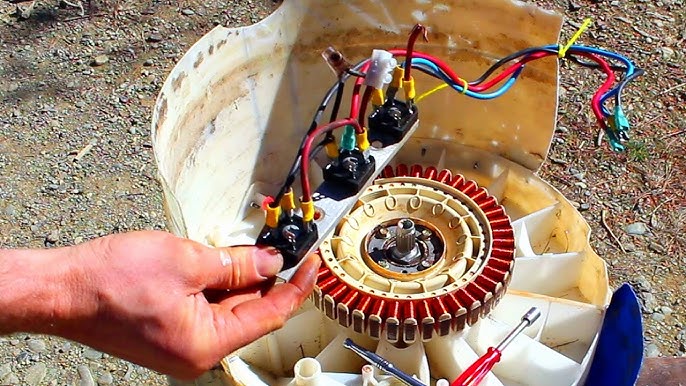
Credit: www.youtube.com
Noise And Emission Control
Running a washing machine on a generator can be practical. But it may also bring challenges. Noise and emissions are two key concerns. The generator produces sounds and gases that could impact your environment. Here, we’ll discuss how to manage these aspects effectively.
Reducing Noise Levels
Generators can be noisy. This noise may disrupt your peace and quiet. To reduce noise levels:
- Place the generator on a soft surface, such as grass. This helps absorb sound.
- Use a generator enclosure. These are specially designed to reduce noise.
- Choose a generator with a lower decibel rating. These are quieter by design.
- Maintain your generator regularly. Well-maintained generators run more quietly.
Managing Emissions
Generators emit gases. These gases can be harmful if not managed. To control emissions:
- Use a generator with an efficient engine. Newer models often have lower emissions.
- Ensure proper ventilation. Place the generator in an open area to disperse fumes.
- Use high-quality fuel. Clean fuel burns more efficiently and produces fewer emissions.
- Regularly service your generator. This ensures it runs clean and efficiently.
Here is a quick comparison of key factors for noise and emission control:
| Control Aspect | Key Tips |
|---|---|
| Noise |
|
| Emissions |
|
Expert Advice
Running a washing machine on a generator is feasible. Yet, it requires careful planning. Experts share valuable tips to ensure the process runs smoothly. Avoid common mistakes and follow professional recommendations for the best results.
Common Mistakes To Avoid
Many people make errors that can harm both the generator and the washing machine. Here are some common mistakes:
- Overloading the Generator: Ensure the generator’s capacity matches the washing machine’s power needs.
- Ignoring Wattage Ratings: Check both the running and starting wattage of the washing machine.
- Using Inappropriate Extension Cords: Use cords that can handle the machine’s power requirements.
- Neglecting Regular Maintenance: Keep the generator well-maintained to avoid unexpected failures.
Professional Recommendations
Experts provide some tips to ensure safe and efficient operation:
- Determine Power Needs: Calculate the total wattage of the washing machine.
- Choose the Right Generator: Select a generator with a higher wattage rating than needed.
- Use Quality Extension Cords: Ensure cords are rated for the machine’s power load.
- Install a Surge Protector: Protect the washing machine from power surges.
- Conduct Regular Checks: Inspect both the generator and washing machine before use.
Following these steps can help you avoid potential issues. A well-chosen generator, paired with careful planning, ensures your washing machine runs smoothly.
Credit: www.reddit.com
Frequently Asked Questions
Can A Generator Power A Washing Machine?
Yes, a generator can power a washing machine if it provides enough wattage. Check your washing machine’s power requirements and compare them to your generator’s output.
What Size Generator For A Washing Machine?
A generator with at least 3000 watts is recommended. This allows for the washing machine’s initial surge and continuous power needs.
Are Generators Safe For Washing Machines?
Yes, generators are safe if they provide stable power. Ensure your generator has a built-in voltage regulator to protect your washing machine.
How Do I Connect A Washing Machine To A Generator?
Use a heavy-duty extension cord and ensure the generator is grounded. Plug the washing machine directly into the generator’s outlet.
Conclusion
Running a washing machine on a generator is possible with the right setup. Check the generator’s wattage and ensure it meets the washing machine’s needs. Use proper connections and follow safety guidelines. This way, you can avoid damage and ensure efficient operation.
Always consult the washing machine manual and generator specifications. With careful planning, your washing machine can run smoothly on a generator. Stay prepared and enjoy clean clothes, even during power outages.
